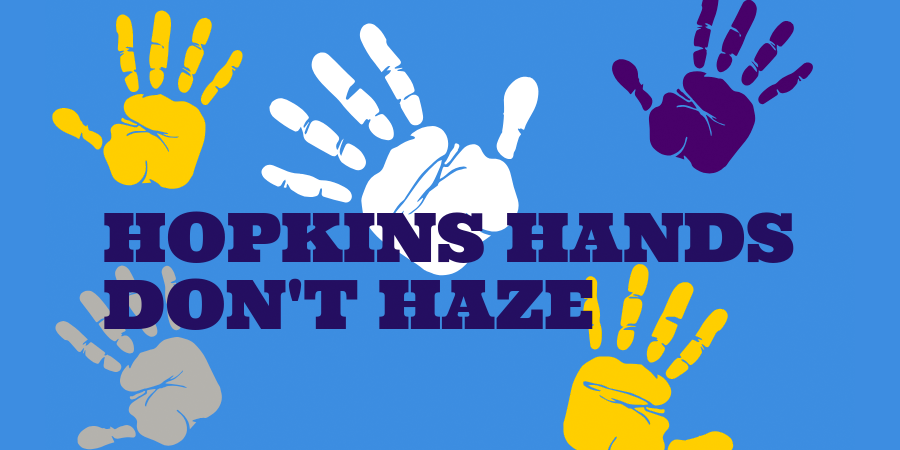Hazing Education & Prevention

Johns Hopkins University is committed to the health and safety of its students, both in their individual pursuits of academic success and personal growth, and for the community as a whole. A part of ensuring students are healthy and safe includes making a concerted effort to educate students, staff, and faculty on hazing, its effects, and how to prevent our organizations and groups from engaging in hazing behaviors. The effects of hazing can be far-reaching and the University finds this a critical time to make sure everyone at JHU is aware of the resources available to the community about both prevention and reporting.
The Hidden Harm
Hazing, in any form, can have deep and rippling effects that range from person to person. Organizations and individuals cannot control or know, necessarily, someone’s history of past trauma, mental illness, or physical injuries and limitations when they are asking them to participate in hazing behaviors. Recognizing this is crucial to understanding how hazing can impact individuals.
The things people can see, like physical harm, is often an obvious sign and result of hazing. The hidden harms, though, are the underlying—and sometimes long-lasting—effects unseen by others.
Depending on the type of hazing, it is likely to bring some form of trauma to its participants, whether physical, emotional, or mental. This trauma can have far-reaching implications outside of the hazing incident and organization perpetuating it. Given the emotional and mental labor asked of members (even through physical acts of hazing), mental illness can be an all too common result of hazing. Whether it be depression, anxiety, a buildup of mistrust, or mental exhaustion, there is a potential for hazing to have negative mental and emotional consequences.
There are also social impacts of hazing, where relationships end or feel tension from the disruption caused by the acts in which people are asked to engage. When thinking about hazing from a broader perspective, these social ramifications have a larger impact on the community in which the hazing occurs.
It is important to remember that regardless of how hazing might affect an individual, it is likely this impact will be felt academically. The safety of students is of utmost importance as is their ability to thrive in their undergraduate experience. These hidden harms of hazing are vital to consider in hazing prevention.
While this is not an exhaustive description of the hidden harm embedded in hazing, it is a way to help community members begin to think about how risky and dangerous hazing can be to everyone involved.
